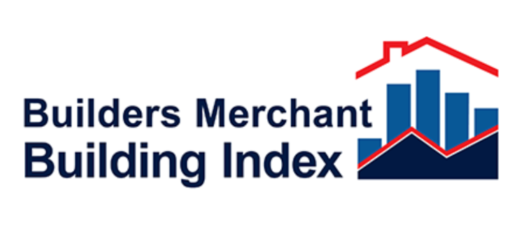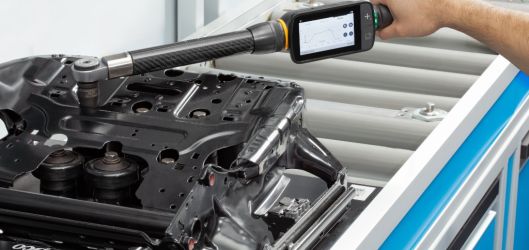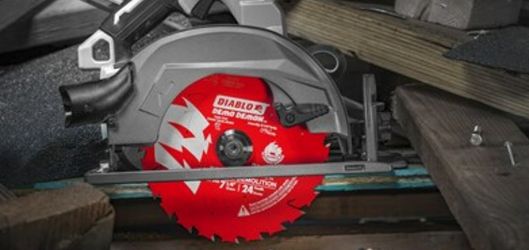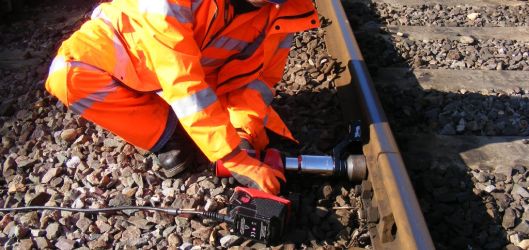
Torqueing components correctly is vital to failure prevention in any industry, not least the rail industry where it could result in costly delays or, worse still, fatal accidents. With liability issues and accountability at stake, ensuring the correct installation and maintenance of tracks and equipment across the network is vital. Graham Hudson, Technical Support Engineer at Norbar Torque Tools, discusses how the latest innovations with torque tools can aid with safe installation and auditing for the rail sector.
As a sector relied on by so many to transport themselves or goods, the rail industry requires a well‐constructed and maintained network of tracks to keep trains running efficiently. There are a multitude of aspects that must be confirmed to guarantee the quality and safety of the tracks themselves, however, a key part of this is the correct tightening of bolts.
Torqueing properly
When it comes to the construction, chair bolts that fasten continuously welded rails to the sleepers must be torqued to the correct value across the entire network. By correctly tightening the bolts and ensuring the integrity of joints, the rails should be able to withstand the exertion of multiple trains passing over at high speed. Any damage to the bolts or the rail through the application of an incorrect torque could lead to serious safety issues.
If the bolts are under‐torqued, vibrations across the rails as trains pass over could loosen bolts. Equally, overtightening of a bolt could lead to distortion of the track, or damage to the bolt itself.
For example, bolts have an elasticity which enables them to naturally stretch as they are tightened. However, overtightening can result in a bolt leaving its elastic state and entering an overstretched plastic state, which can result in fatigue over time. As heavy trains pass over these overtightened bolts at high speed, this fatigue can lead to bolt failure.
Keeping track of data
Ensuring that bolts are correctly torqued during construction and maintenance is vital for guaranteeing the integrity of the rail network. When liability and accountability is potentially an issue, it is vital that an audit trail is collected during installation or maintenance.
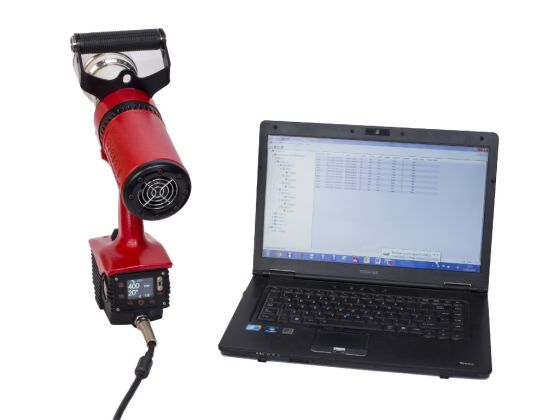
By using technology built into the torque tool to collect data of each individually tightened bolt across the rail network it is now possible to log the exact location and maintain a clear installation and maintenance audit trail. Tools such as the EvoTorque® Tools from Norbar have the functionality not only to log up to 3,000 time and date stamped torque readings, but also who carried out the work and in which location. Once work is completed, this data can be downloaded and stored to EvoLog, a dedicated software platform, via USB or Bluetooth 4.0 transfer. Crucially, these tools also have the capability to track calibration data to ensure the tool is always compliant with ISO standards.
With this data, those working on the rail network, such as contractors, have the evidence to prove that their work has been carried out properly with tools correctly calibrated for the job.
What’s more, the EvoTorque Audit mode allows bolts to be checked and, with this data collection and location capability, contractors can identify bolting ‘hotspots’ where persistent problems occur. Armed with information, extra preventative measures or maintenance procedures to ensure the integrity of the track in those weaker points can be implemented.
For more information on the EvoTorque products from Norbar, visit the website.
